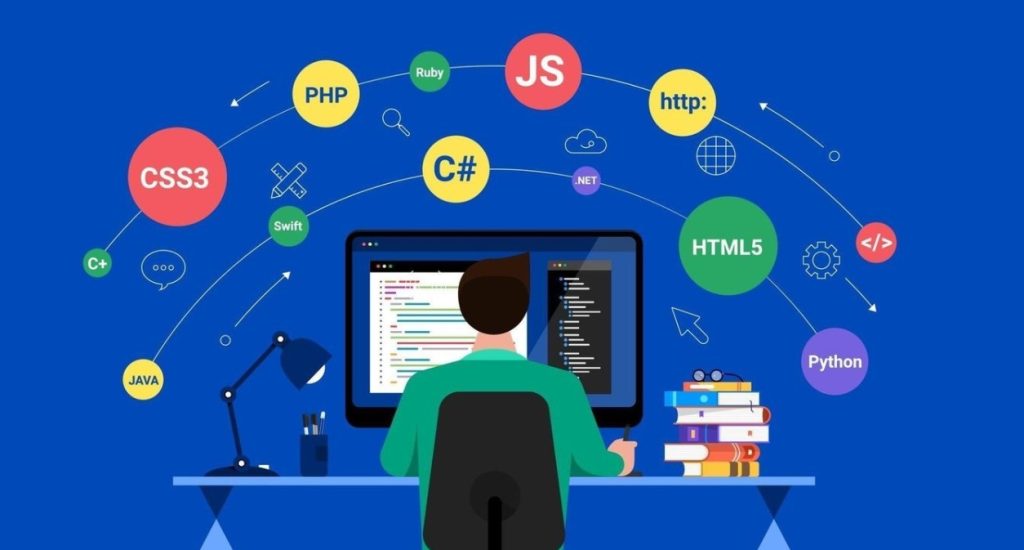Building a startup involves numerous critical decisions, but one of the most pivotal early choices is selecting the right tech stack. The tech stack encompasses the combination of programming languages, frameworks, databases, front-end and back-end tools, and applications that power your product. This choice can significantly impact development speed, scalability, and ultimately, the success or failure of your startup.
In this guide, we’ll explore key considerations to help you choose a tech stack tailored to your startup’s unique needs.
Clarify Your Product Requirements
Before delving into technical specifics, start by addressing fundamental questions about your product:
- Primary Purpose: Is your application data-intensive, user-focused, or reliant on real-time interactions?
- User Growth Projections: What are your expected user numbers and growth rate? Scalability planning is crucial, but remember that starting small can expedite your time-to-market.
- Cross-Platform Needs: Do you require a solution that works seamlessly across web and mobile platforms? If so, consider frameworks and languages that support both environments.
Balancing Development Speed and Scalability
Startups often prioritize rapid market entry with a Minimum Viable Product (MVP). Tech stacks like Ruby on Rails are renowned for their simplicity and extensive libraries, making them ideal for quick MVP development. However, while some tech stacks facilitate fast development, they may lack scalability or necessitate significant refactoring later on.
Determine whether your goal is to validate a market idea quickly or establish a long-term, scalable system. Striking a balance between speed and scalability will inform your tech stack choice.

Understanding Front-End and Back-End Options
Most startups need to focus on two primary components: the front-end (client-side) and the back-end (server-side).
Common front-end frameworks include React, Vue.js, and Angular. React, in particular, is favored by many startups for its flexibility, robust community, and ease of integration with various back-end frameworks.
The back-end options are diverse, with popular choices including:
- Node.js: Known for its scalability and speed, especially suitable for data-heavy and real-time applications.
- Django (Python): Ideal for projects requiring complex functionality, such as machine learning integration or data processing.
- Ruby on Rails: Perfect for rapid MVP development but may require refactoring as the application scales.
Evaluating Database Needs
Your choice of database can profoundly influence your app’s performance, scalability, and complexity. For startups, the decision often boils down to SQL vs. NoSQL.
- SQL Databases: If your application requires structured data with clear relationships, relational databases like PostgreSQL or MySQL are excellent choices.
- NoSQL Databases: For flexibility or handling large volumes of unstructured data, NoSQL databases like MongoDB or Cassandra may be more appropriate.
Consider your data structure, anticipated read/write operations, and scalability requirements when selecting your database.
Leveraging Team Expertise and Available Resources
Your team’s expertise can greatly influence the optimal tech stack choice. If your developers are proficient in certain languages or frameworks, it makes sense to utilize their existing skills. Hiring new developers or training your team on a new stack can be both time-consuming and expensive.
Considering Cost Implications
Certain tech stacks are more cost-effective for startups. Open-source frameworks and languages like Python, Ruby, or JavaScript offer budget-friendly options. Additionally, consider the costs associated with hosting and third-party services, especially if you’re using a cloud-based infrastructure. Managed services from providers like AWS, Google Cloud, and Microsoft Azure can offer scalability and cost efficiency, but be sure to evaluate potential future costs as your user base grows.
Prioritizing Security and Compliance
Security is a critical consideration from day one. Choose tech stacks with robust security features and ensure they align with industry compliance standards relevant to your field. For instance, if you’re dealing with financial or healthcare data, make sure your tech stack supports standards like PCI-DSS or HIPAA compliance.
Selecting the right tech stack for your startup is a delicate balancing act involving speed, scalability, cost, and flexibility. Keep your product vision and growth projections in mind, but don’t hesitate to start simple with your initial MVP. A lean tech stack can allow you to iterate based on user feedback and adjust as you grow.
By carefully considering these factors, you can build a solid technical foundation that supports your startup’s long-term success.